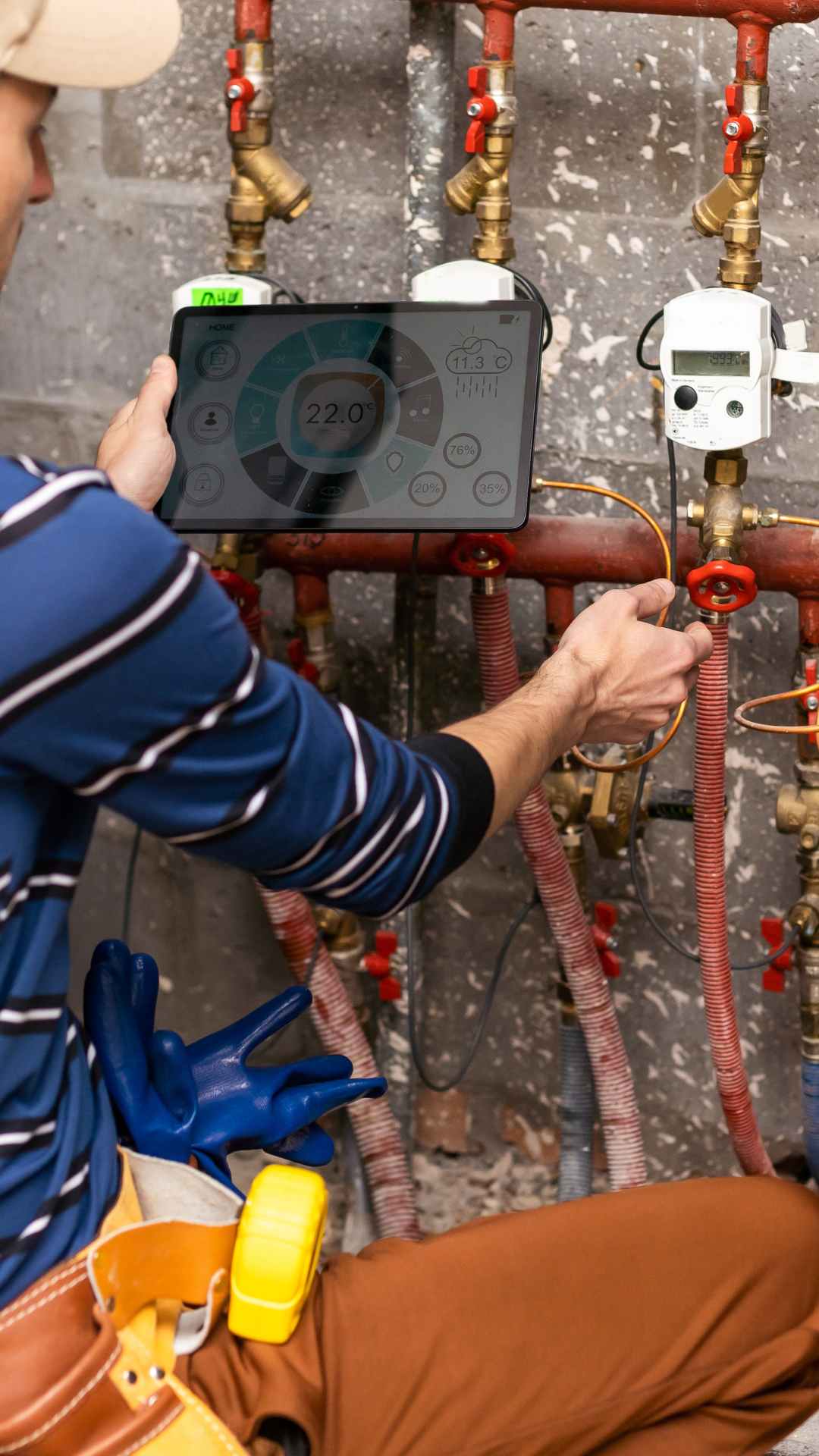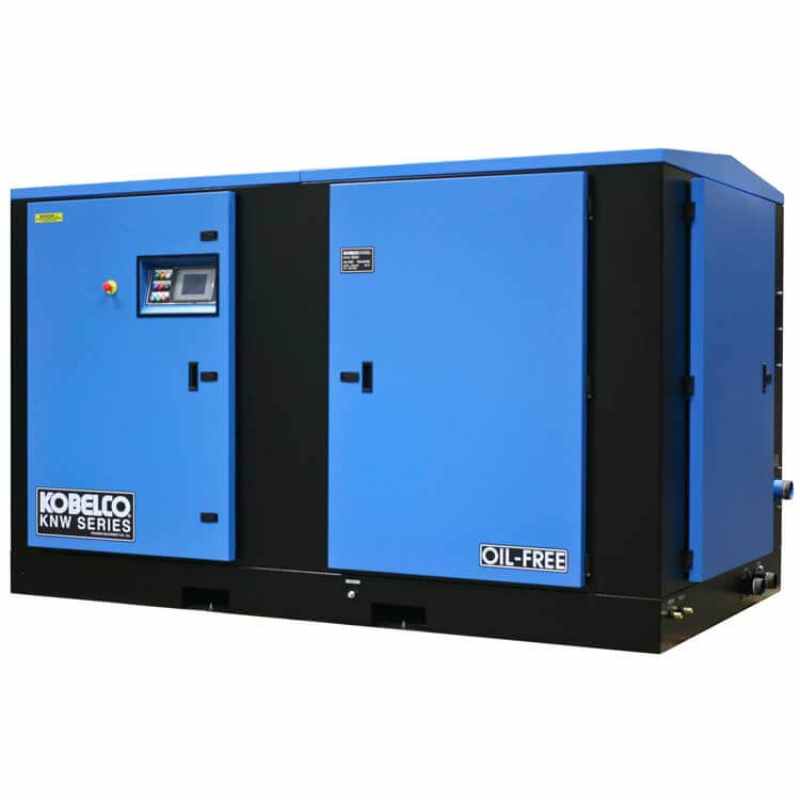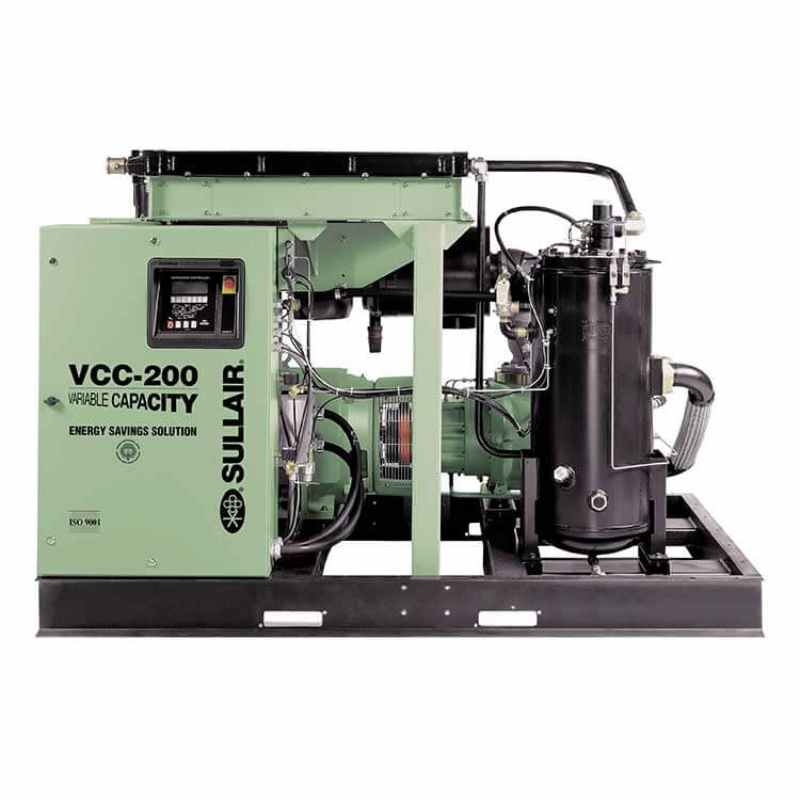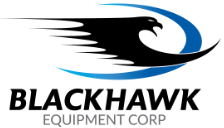The Engineer's Guide to Air Audit Equipment: Uncovering Hidden Savings in Your Compressed Air System
02/07/2025

Compressed air systems are often riddled with inefficiencies that can significantly impact operational costs. A comprehensive air audit, conducted with the right equipment, is the first step towards identifying these hidden energy wasters and optimizing system performance. For engineers, understanding the tools of the trade is paramount. This guide delves into the essential air audit equipment used to diagnose system weaknesses, quantify losses, and pave the way for data-driven improvements.
What is a Compressed Air Audit?
A compressed air audit is a systematic evaluation of a compressed air system's performance, from generation to end-use. It involves collecting data on airflow, pressure, power consumption, and air quality to identify areas for improvement. The primary goals of an air audit are to:
-
Quantify energy waste: Determine how much energy is being lost due to leaks, pressure drops, inefficient equipment, and inappropriate uses.
-
Improve system reliability: Identify potential problems that could lead to equipment failures and downtime.
-
Optimize system performance: Fine-tune the system for maximum efficiency and effectiveness.
-
Reduce operating costs: Lower energy bills and maintenance expenses.
Essential Air Audit Equipment

A well-equipped engineer will utilize a range of specialized tools during an air audit:
-
Flow Meters: These are arguably the most critical pieces of equipment. They measure the volumetric or mass flow rate of compressed air, providing essential data for assessing system performance and identifying areas of excessive consumption or loss.
-
Insertion Thermal Mass Flow Meters (e.g., VPInstruments VPFlowScope): These devices utilize the principle of heat transfer to measure the mass flow rate of compressed air. They offer several advantages for air audits, including:
-
-
Wide Turndown Ratio: Accurately measure flow rates across a wide range, from very low to very high flows.
-
Minimal Pressure Drop: Their insertion design introduces minimal pressure drop to the system.
-
Temperature and Pressure Compensation: Built-in sensors compensate for variations in air temperature and pressure, ensuring accurate readings.
-
Bi-directional Measurement: Some models, like the VPFlowScope, can measure flow in both directions, useful for identifying backflow issues. They are ideal for temporary installations and system diagnostics, often used during audits to gain a detailed understanding of flow patterns at different points in the system.
- In-line Flow Meters: These are permanently installed within the piping and offer continuous flow measurement. They are typically used for ongoing monitoring rather than temporary audits.
- Pressure Gauges and Transducers: Accurate pressure measurement is crucial for assessing system performance and identifying pressure drops.
-
Digital Pressure Gauges: Offer precise readings and often include data logging capabilities, making them suitable for recording pressure variations over time.
-
Pressure Transducers: Convert pressure into an electrical signal (e.g., 4-20 mA) for integration with data acquisition systems or control systems. They are essential for continuous monitoring and trend analysis.
-
Ultrasonic Leak Detectors: These devices detect the high-frequency sound waves generated by air leaks, allowing engineers to pinpoint even the smallest leaks that are often inaudible to the human ear. They typically use a directional microphone and headphones to help the user locate the source of the leak.
-
Parabolic Reflectors: These attachments can be used to amplify the sound and improve the detection of leaks from a distance.
-
-
Power Meters: These measure the electrical power consumed by compressors, providing insights into their efficiency and overall energy consumption. By analyzing power consumption in conjunction with flow data, engineers can calculate the specific power (kW/100 cfm) of the compressor, a key indicator of efficiency.
-
Data Loggers: These devices record data from various sensors over time, allowing engineers to analyze trends and identify intermittent issues. Modern data loggers often have multiple channels, enabling simultaneous recording of flow, pressure, temperature, and power data.
-
Temperature Measurement:
-
Infrared Thermometers: Used for non-contact temperature measurement of equipment and piping.
-
Thermocouples/RTDs: Used for more precise, contact-based temperature measurements where needed.
-
The Air Audit Process
A typical air audit involves the following steps:
-
System Assessment: Gathering information about the system's design, equipment, operating parameters, production schedules, and any known issues.
-
Data Collection: Deploying air audit equipment to measure flow, pressure, power, and other relevant variables at various points in the system, such as:
-
Compressor Discharge: To assess compressor output and efficiency.
-
Main Headers: To identify pressure drops and flow distribution.
-
Branch Lines: To evaluate consumption patterns in different areas.
-
Point-of-Use: To identify inappropriate uses and leaks at the end-use equipment.
-
-
Leak Detection: Conducting a thorough leak survey using ultrasonic leak detectors, tagging each leak for later repair. This is often done when the plant is not in production to avoid background noise.
-
Data Analysis: Analyzing the collected data to identify inefficiencies, quantify losses, and develop recommendations for improvement. This may involve calculating leak rates, pressure drops, specific power, and identifying oversized or inefficient equipment.
-
Reporting: Presenting the findings in a comprehensive report that includes recommendations for system optimization, projected energy savings, and return on investment (ROI) calculations.
Blackhawk Equipment: Your Partner in Air System Optimization
Blackhawk Equipment understands the critical role of air audits in achieving optimal compressed air system performance. Our team of experts, including AirMaster+ Specialists, utilizes state-of-the-art air audit equipment, including advanced flow meters from VPInstruments, to conduct thorough system assessments. We provide data-driven insights and tailored recommendations to help you maximize efficiency, reduce operating costs, and improve the reliability of your compressed air system. We don't just identify problems; we partner with you to implement solutions, from leak repair and equipment upgrades to system redesign and ongoing monitoring.



Conclusion:
Investing in an air audit is a strategic move towards achieving significant cost savings and operational improvements. By understanding and utilizing the right air audit equipment, engineers can unlock the hidden potential within their compressed air systems. Contact Blackhawk Equipment today for a professional air audit and take the first step towards a more efficient and profitable future. Our team is ready to help you optimize your compressed air system and achieve your energy efficiency goals.
